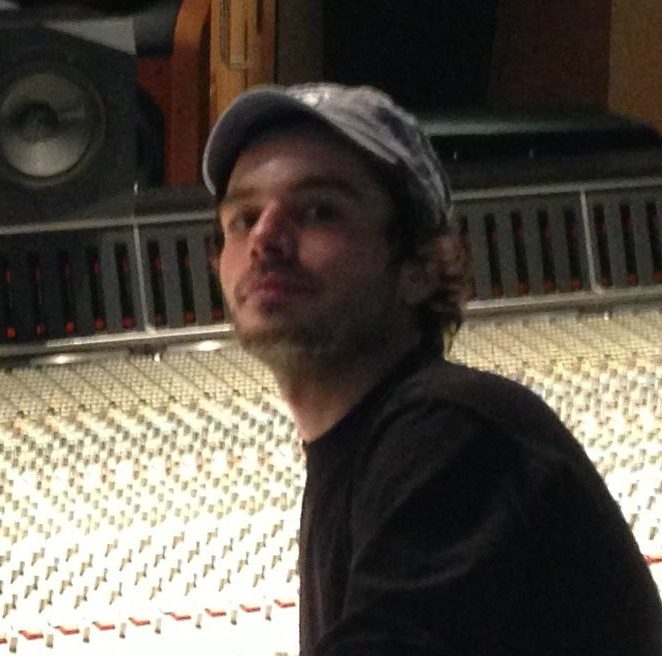From working at Abbey Road Studios in London, to Red Bus Studios world renowned engineer Attilio Pascal has had some exciting things happen with his work so much so that he can’t even believe it himself! Recently, he also got to work alongside talented Indian producer Bappi Lahiri who is also known as the Bollywood ‘Disco King’. He recently answered some of our questions about this exciting time and how much he enjoyed working with Bappi.
How did you meet Bappi Lahiri?
Well! I worked with him at Red Bus Recording Studios here in London. He is an all-round artist music composer, director, producer, singer and actor. We worked on few songs, a couple for his new album and the single “Justice for Widows”.
Can you talk about the single JfW?
Sure, basically the Loomba Foundation needed an anthem for the International Widows’ Day, which is on the 23rd of June. They already had the lyrics, which were written by Seema Jaya Sharma, so they were looking for a singer and a composer to produce the music and they found both in the iconic Bollywood “Disco King” Bappi Lahiri.
Did you enjoy working with Mr. Lahiri?
Are you kidding? It was amazing! I learned a lot from him, he is an old-school kind of guy –in fact, he would always commit to a certain sound not like many of today’s producers. I also discovered the different Indian scales and his way to work with chords progressions.
Furthermore, he brought in musicians with many instruments that I had never recorded before like sitar, with all the different ways of tuning it urumi and tabla which are types of percussion drums, and the udu that is originally from Africa with its distinctive bass sound obtained by quickly hitting the big hole.
What did you use on the drum? They sound so punchy!
On the drum, I used a standard set-up: an Akg D12 inside the kick and a Neumann U-47fet outside, on the snare an Electro Voice RE320, the hi-hat was an Akg 451 and the tom toms 3 Sennheiser MD 421 vintage (white). In addition there was a stereo overhead X-Y with 2 Sony C-37a and as a stereo room an A-B with 2 Neumann U-47 and a mono room with a Crown PZM-30D. Even though we recorded the drum in the small room, the placement of the room’s mics allowed me to get a much bigger sound.
And what about the vocals?
First of all, I have to say that the process was really fast with just two takes, we had the main vocals. After a long mic shootout we decided to record his vocals with a Neumann U-47fet because with other condenser mics like the U87, C12 or G800, his upper register was too harsh. I also tried a Royer but it was not the sound that we were looking for, for this record.
